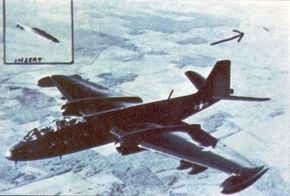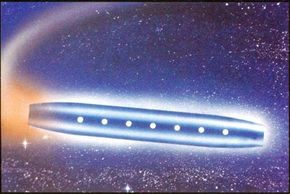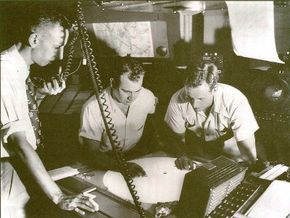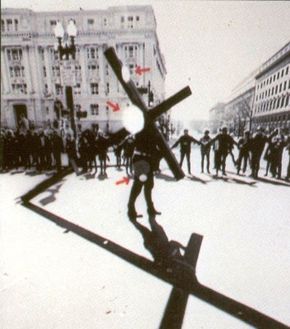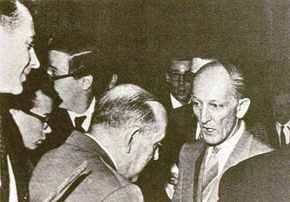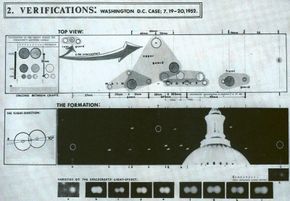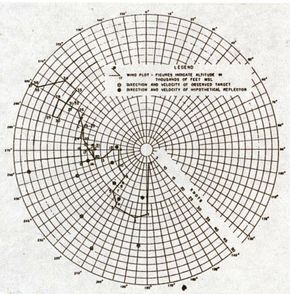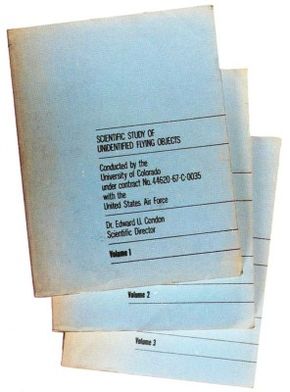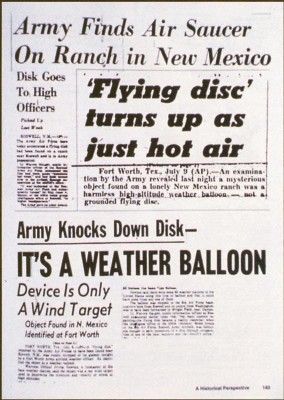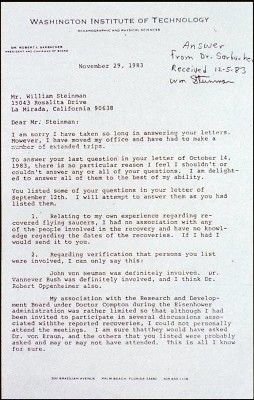From the beginning, society -- in the persons of prominent scientists, government officials, military officers, journalists, and ordinary citizens -- would make things disagreeable for those who insisted they had seen strange flying objects and those who believed them. Wherever there were "flying saucers," there was also ridicule, dished out in generous portions to anyone courageous or foolish enough to defy the reigning orthodoxy.
A 1951 Cosmopolitan article, prepared with Air Force cooperation and encouragement, lashed out at the "screwballs" and "true believers" who thought they were seeing flying saucers. In the decades to come, others would accuse UFO observers of every conceivable social crime or mental disorder. As a result, only a small minority of witnesses would ever report their sightings, and many who did soon lived to regret it. In 1977 a group of professional debunkers warned The New York Times that belief in UFOs is not only irrational but also dangerous; if sufficiently widespread, civilization itself could collapse.
Advertisement
Yet in the face of jeering derision and inflated rhetoric, the UFO sightings continued. The great majority of sightings would be by individuals who would have been implicitly believed had they been testifying to anything less outrageous. Of course, these witnesses were not always right. Even sympathetic investigators found that most reports could be explained conventionally. Few of the reports were outright UFO hoaxes (around one percent, according to the Air Force's estimate), but sane and sober eyewitnesses often mistook weather balloons, stars and planets, advertising planes, and other ordinary objects for extraordinary objects. Still, some sightings stubbornly resisted explanation.
In the summer of 1947, the Air Materiel Command (AMC) was asked to study the situation and make recommendations about what should be done. On September 23 Lt. Gen. Nathan F. Twining, the AMC head, wrote his superior with this analysis: "The phenomenon reported is something real and not visionary or fictitious." Three months later the Air Force established Project Sign under AMC command, which is headquartered at Wright Field, soon to be Wright-Patterson Air Force Base (AFB), Dayton, Ohio, to investigate UFO reports.
